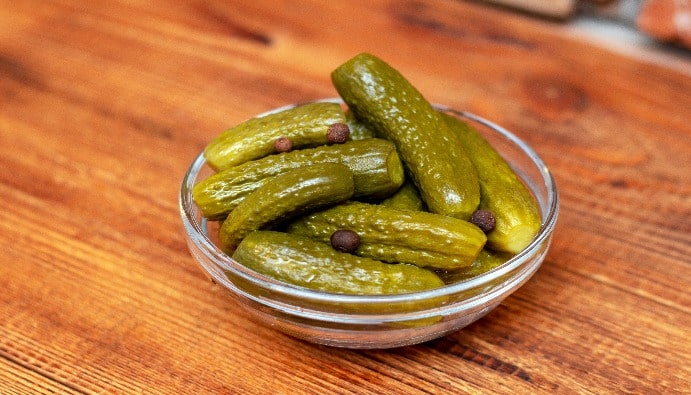
BLOG
KATEGORİDEKİ DİĞER YAZILAR

According to the Turkish Food Codex Regulation on Food Additives, food additives are defined as “substances that, whether or not they have nutritional value, are not consumed as food alone and are not used as a characteristic component of food, and are expected to be a component of that food directly or indirectly as a result of being added to food during the production, treatment, processing, processing, preparation, packaging, packaging, transportation or storage stages for a technological purpose”.
Food additives; There are reasons for use such as preserving and increasing the nutritional value of food, improving textural properties, extending shelf life, preserving flavor and color, preventing microorganism growth, increasing quality standardization.
Sorbic acid and benzoic acid are additives used as food preservatives. Sorbic acid (E200) is an additive that protects foods against fungi, bacteria and molds. The permitted amount of sorbic acid in foods varies between 0.5% and 0.0025%.
Benzoic acid (E210), the simplest member of the aromatic carboxylic acid family, is a weak acid that is a precursor to the synthesis of many important organic compounds. It is used to prevent spoilage of foods caused by microorganisms. It is especially used in jams, marmalade, fruit juice, ketchup, carbonated drinks and pickles.
Sorbic Acid:
Benzoic Acid:
Both of these food additives are recognized as Food Safe (GRAS) by the FDA.
Nanolab Laboratories Group continues to provide services within the scope of Sorbic Acid and Benzoic Acid Determination. We also provide services in the determination of Food Additives.
Contact us for more information.
You can follow us on LinkedIn for up-to-date news and posts about our services.
Follow our Instagram account to be informed about our latest blog posts.